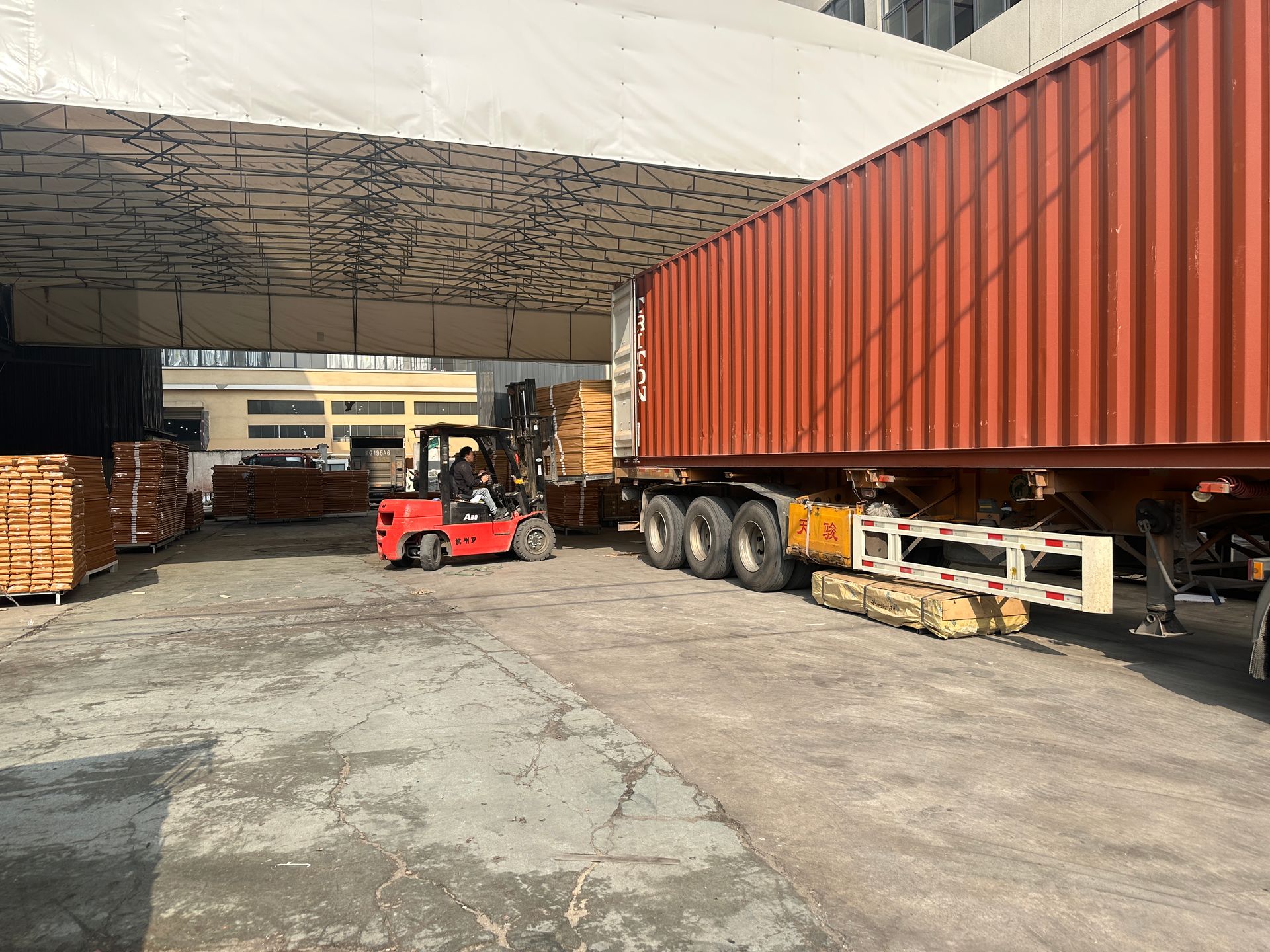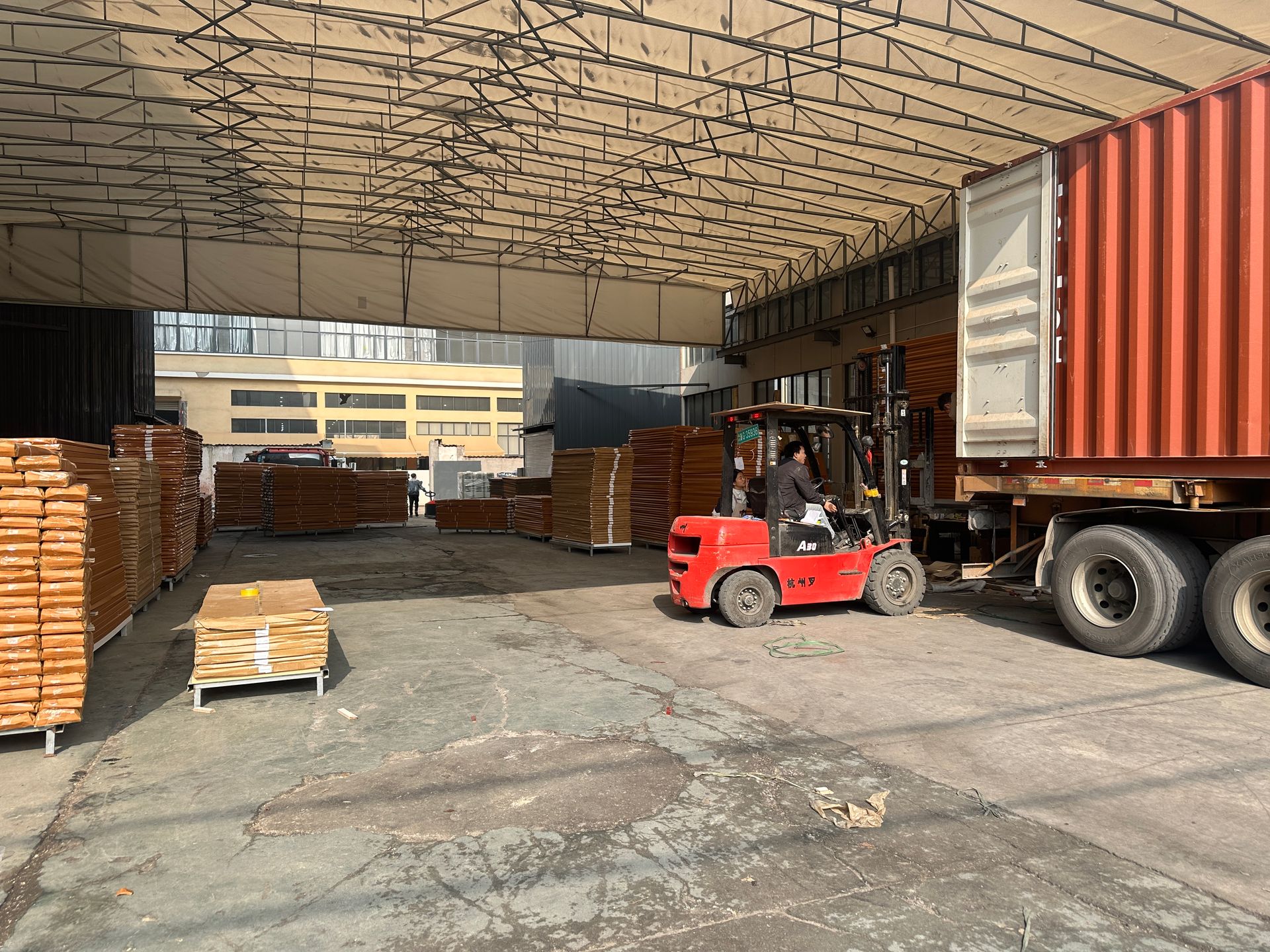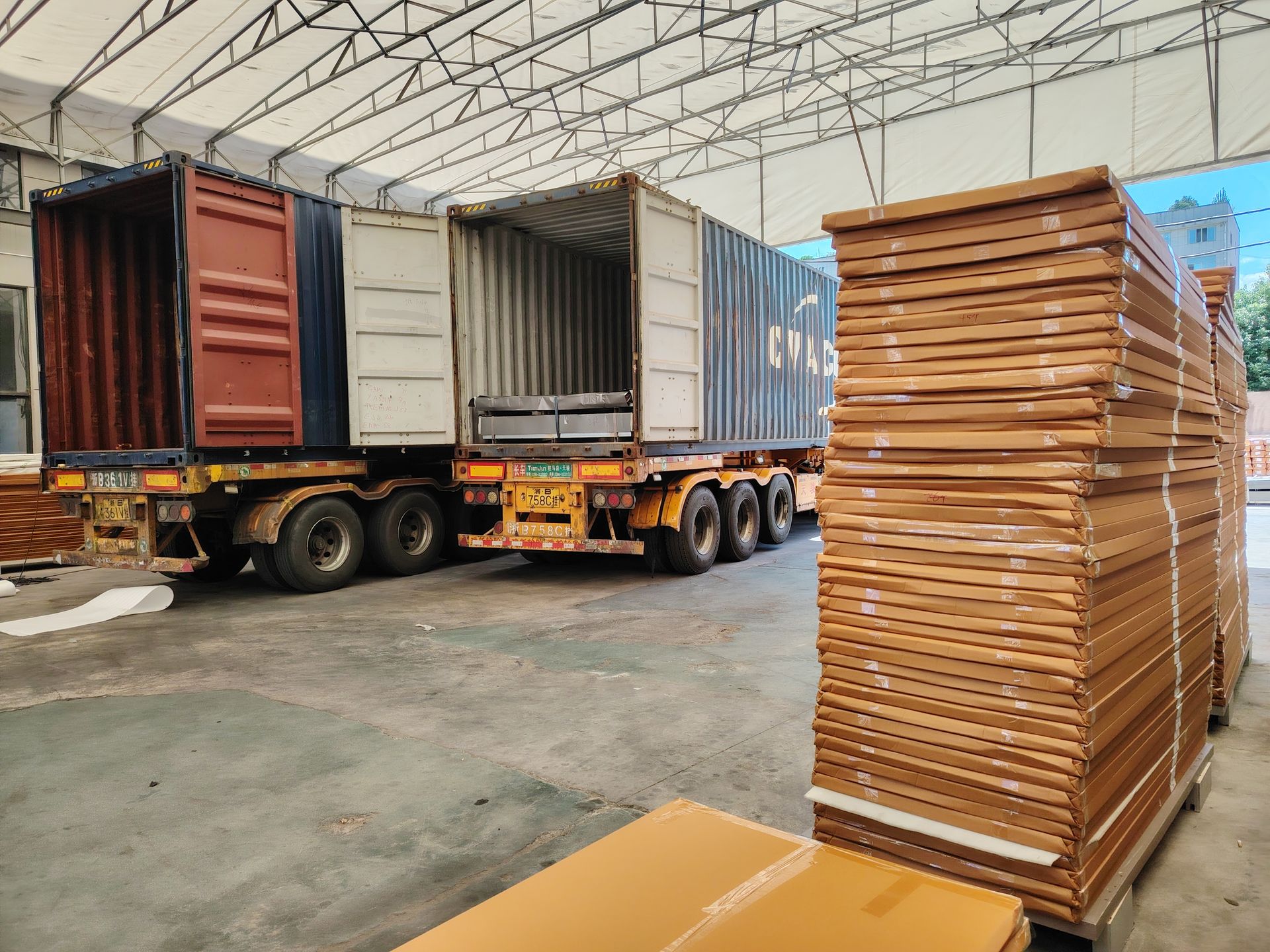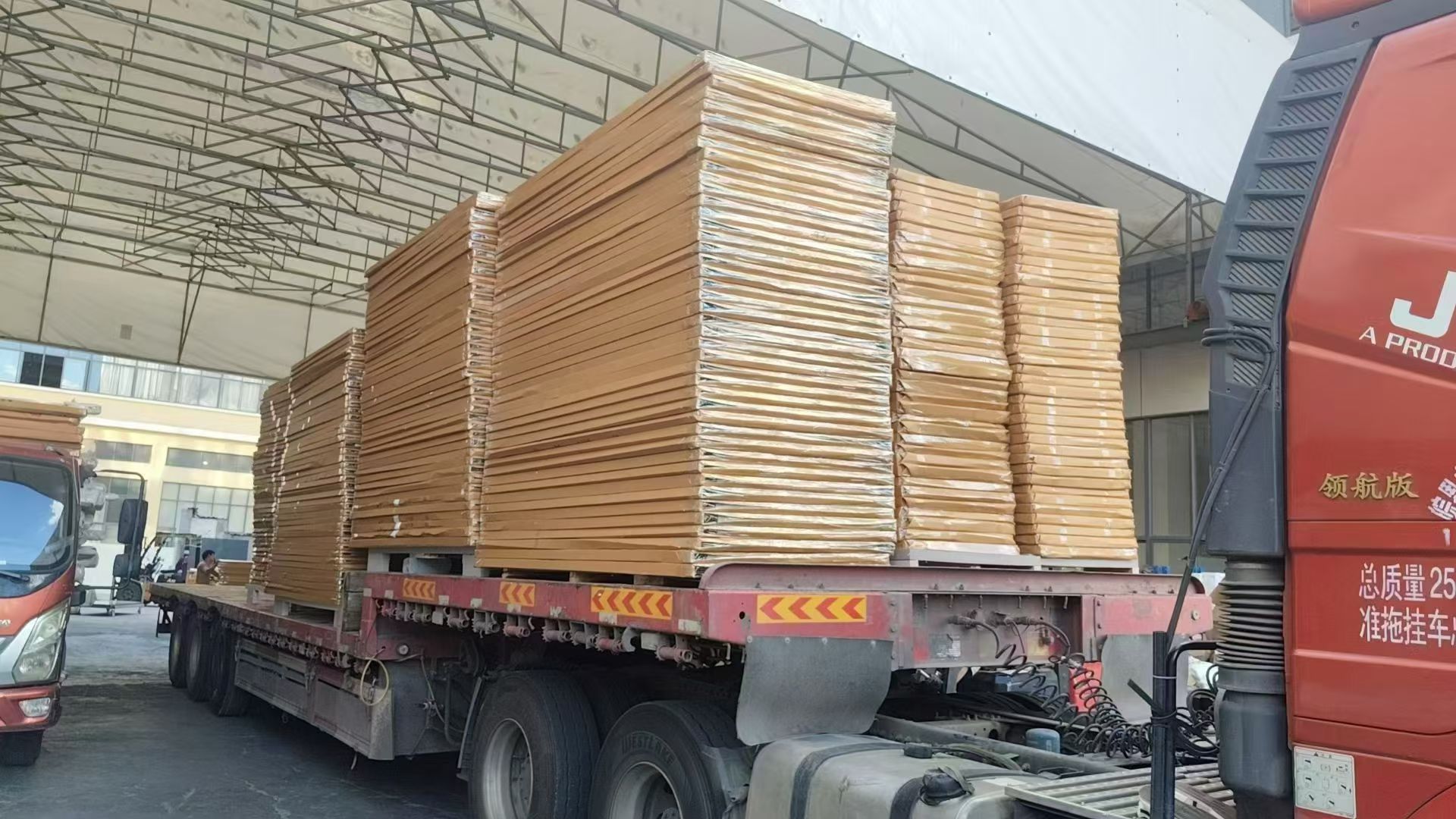How to Pack Solid Wood Doors for Sea Shipment: Professional Guide?
Solid wood door safety voyage: the whole process of shipping packaging professional guide
Every cross-border transport is the ultimate test of product quality.
In the globalised home trade, the maritime packaging of solid wood doors, as high-value, fragile and large items, has always been a major challenge for manufacturers and exporters. According to statistics, improper packaging causes up to 23 per cent of wooden products to be damaged, deformed or exposed to moisture during transport. This article will provide you with a professional guide to the entire process of packaging solid wood doors for shipping, from pre-treatment to loading, to ensure that your products remain intact after crossing the ocean.

I. Preparation: key pre-treatment before packing
The treatment of solid wood door before packing directly determines whether it can withstand humidity, temperature changes and physical impacts in the shipping environment.
Cleaning and surface treatment: Use a soft cloth to thoroughly remove dust and impurities from the surface of the door panel and ensure that the surface is completely dry. For wooden doors with completed surface treatment (e.g. painting, staining), check whether the coating is fully cured. Coatings that are not fully cured are prone to stick to the packaging material after packing, resulting in damage.
Pre-treatment against moisture: Wood is hygroscopic and the humidity of the maritime environment is usually high. It is recommended that the moisture content of wood be measured before packing to ensure that it is within a suitable range (usually 8-12%). For high quality solid wood doors, consider treating with a specialised wood protectant to enhance moisture resistance.
Disassembly and separation: If the wooden door contains removable glass inserts, hardware or decorative parts, they should be disassembled and packed separately. This not only reduces the overall weight, but also avoids stress damage caused by different expansion coefficients between different materials during transport.

II. Specialised packaging: construction of a layered protection system
Establishing a systematic layered packaging structure is the core of ensuring the safety of solid wood doors. The following table summarises the core points of the maritime packaging of solid wood doors:
Packaging layers Function Commonly used materials Professional tips
1: Surface protection Prevent surface scratches and friction Low-adhesive protective film, soft foam paper Use acid-free materials to avoid chemical reaction; the protective film should not be too sticky to prevent residue.
2: cushioning protection Absorb shock, anti-vibration Bubble film, EPE pearl cotton, foam board Thickness of at least 5mm, focus on protecting the door edges and corners; use L-shaped corner protectors to protect the edges and corners
3: Moisture barrier Blocking moisture intrusion Plastic film, waterproof paper Forming a complete seal, paying special attention to the seams
4: external structure Provide structural protection Wooden box or wooden frame Selected according to the size and weight of the door; the interior is filled with cushioning material.

The frame choice: wooden box and wooden frame of professional choice
Sturdy wooden crate packaging: suitable for high-value, fragile solid wood doors, such as carved doors, antique doors or oversized doors. Wooden crates should be made of IPPC-certified heat-treated wood to ensure compliance with international phytosanitary standards.
The inside of the crate should be lined with moisture-proof paper or plastic film, and spaced and padded with materials such as foam and wooden strips to ensure that the door will not move inside the crate.
Economical Wooden Frame Packaging: Suitable for standard sized, solidly constructed solid wood doors, this is a lower cost option that still provides adequate protection. Wooden frames also require the use of IPPC certified timber and ensure that each support point can withstand sufficient pressure.
Solid wood doors wrapped in timber frames should be fully wrapped with high quality shrink wrap to form a tight fitting moisture barrier.
IV. Special attention: international quarantine requirements for wooden packaging
In international maritime transport, countries in order to prevent the cross-border spread of harmful organisms, wooden packaging materials to implement strict quarantine standards.
IPPC marking indispensable: all wooden packaging for international trade must be heat-treated or fumigated, and with IPPC marking. The labelling should include the country code, the treatment enterprise number and the treatment mode code.
Choice of treatment: Commonly used decontamination treatments include heat treatment (HT, wood centre temperature of at least 56°C for more than 30 minutes) and fumigation treatments (e.g. methyl bromide, sulphuryl fluoride fumigation).
Choose a qualified supplier: Ensure that your wooden packaging comes from a customs-approved labelling company. Substandard wood packaging can result in goods being detained, returned or destroyed at the port of destination, causing significant losses.

V. Logo art: information design for packaging exteriors
Proper packaging labelling is like an identity card for your goods, guiding the handlers on how to handle your products properly.
Basic information marking: clearly marked with consignor, consignee information, destination port, box number, gross/net weight and dimensions.
Handling instructions: Use international common icons and words to indicate instructions such as "fragile items", "up", "moisture-proof", etc.. For solid wood doors, it is especially necessary to mark "Do not squeeze" and "Use clamping cart to carry" and other instructions.
Centre of gravity and lifting point: For large wooden crates, the position of the centre of gravity and lifting point should be clearly marked to facilitate the operation of port machinery.
VI. Cabinet strategy: maximising the use of space and security
Scientific calculation of space: Reasonable planning of container space, to ensure that there is an appropriate gap between the wooden box and the inner wall of the container (usually 5-10 cm). The size of wooden crate should comply with the formula: (cargo volume × 1.2) ≤ internal volume of wooden crate ≤ (cargo volume × 1.5).
Reinforcement and stabilisation: Use straps, airbags and other padding to secure the goods and prevent movement during transit. Place heavier crates on the lower tier and lighter ones on the upper tier and ensure that the centre of gravity of the goods is located in the central area of the container.
The last line of defence against moisture: place damp-proofing agents and humidity monitoring devices inside the container, especially for long-distance sea transport. The relative humidity inside the container should be kept below 60% to prevent mould growth and wood deformation.

VII. Handling of special cases: packing techniques with glass doors and extremely heavy doors
Solid wood doors with glass inserts: A lot of extra padding and sturdy protection around the glass area is required to prevent breakage. The use of customised foam liners is recommended to provide exclusive protective compartments for the glass and to avoid direct contact with the timber parts.
Oversized and overweight solid wood doors: Solid wood doors weighing more than 100 kilograms per door require the use of reinforced wooden crates and specialised lifting equipment. Longitudinal and transverse support beams are added inside the crate to disperse the stress. The weight and lifting points are clearly labelled on the outside of the crate to ensure safe loading and unloading.
Final Checks and Considerations
Choosing the Right Shipping Partner
Packing solid wood doors for shipping is a systematic project that requires expertise, finesse and exacting standards. By following the steps and recommendations in this guide, you can significantly reduce transport risks and ensure that your products arrive at their destination in perfect condition.
Professional packaging is not just about product protection, it is an extension of your brand image and a guarantee of your customers' trust. In the era of globalised trade, mastering this art will allow your solid wood doors to travel safely across thousands of mountains and open the door to success in the international market.

By following these meticulous packing methods, you can ensure that your solid wood doors arrive safely at their destination. Remember, the key to mastering the art of packing for sea shipment is attention to detail and careful planning.